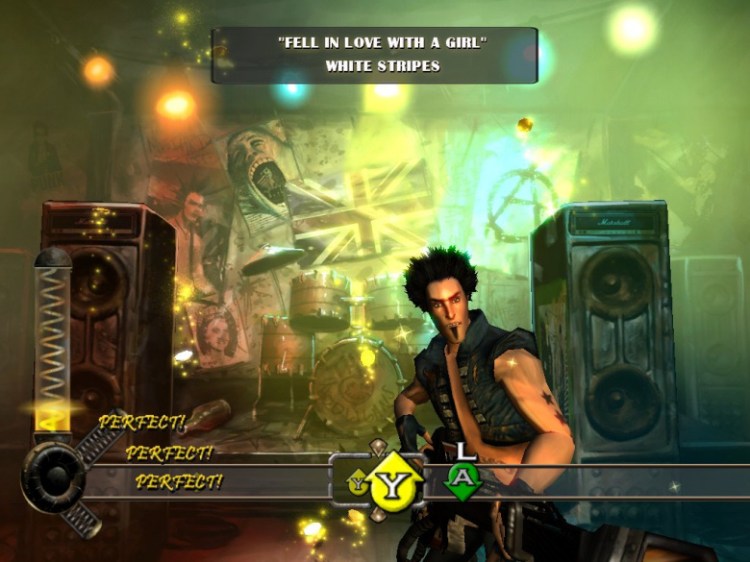This post has not been edited by the GamesBeat staff. Opinions by GamesBeat community writers do not necessarily reflect those of the staff.
In the annals of video game history, there are many successes and just as many flops—games or consoles that were so good or bad that they’ve garnered their own mythos. Up until recently, the idea that Atari had dumped up to a million cartridges of E.T. the Extra-Terrestrial in the New Mexico landfill had been the stuff of legend. But, as a documentary news crew found out in early 2014, the legend was, in fact, a reality.
Of course, the myth of the E.T. burial was bolstered by the fact that the game is largely considered the worst of all time. The idea that a company would be so embarrassed by its own creation that they would go out of their way to construct a mass concrete grave is equally fascinating and entirely unbelievable. And, yet, 32 years after the game’s release and critical failure, hundreds of thousands of cartridges were unearthed, proving that some myths do come true.
Since then, the video game world has seen plenty of other spectacular failures. Think Nintendo’s Virtual Boy, Duke Nukem Forever, and Atari’s own Jaguar system, among a slew of other costly and poorly received concepts. But why did all these ideas fail where others have succeeded? The easy answer is to blame poor management, inept game designers, or just bad luck. For some video game flops, placing blame isn’t that easy.
Take, for instance, the Gizmondo. The handheld device created by Tiger Telematics was heavily marketed in the UK and US and was supposed to contend for handheld console superiority with the Nintendo DS and Sony PSP. It was the first handheld console to employ the usage of GPS technology, Bluetooth compatibility, a digital camera, and strong processing power—all things we now take for granted in smartphones and tablets. In 2005 when the Gizmondo was released, the technology was cutting edge.
But, what was it that caused the Gizmondo to perform so poorly? Again, it’s easy to blame mismanagement or bad design. Tiger Telematics CEO, Carl Freer, often receives a brunt of the criticism. Even so, if you take a look at the actual history behind the Gizmondo, you’ll see that the console and Tiger Telematics as a company were actually in the balance between either catastrophic failure or massive success.
Back in 2003 when Tiger Telematics was in its infancy, Freer spearheaded a move to acquire Warthog Games, a small UK-based game developer. The outfit had already designed a few games for several consoles, but, at the time of the acquisition, they were working on a game by the name of Johnny Whatever. The game followed the exploits of a British punk rocker in a dystopian future terrorized by yellow pollution and aggressive robots. Johnny’s lone means of combating the villainous robot horde was, of course, his guitar. Playing the right notes allowed him to shoot a stream of electric power that dismantled the robots.
By 2006, Tiger Telematics UK subsidiary Gizmondo was heading for liquidation. The liquidators ignored Tiger Telematics’ rightful ownership of Johnny Whatever and sold it back to the former CEO of Warthog Games for only $20,000.
As it turned out, Warthog Games had already been leaking code even while their intellectual property technically belonged to Tiger Telematics. When they regained the rights to Johnny Whatever, the code apparently found itself within the walls of RedOctane, a US-based game publisher.
Jack McCauley—an inventor, developer, and former Microsoft employee—was allegedly the first to get his hands on the Johnny Whatever concepts at RedOctane. Using an Xbox xCode development kit to test the game and its compatibility with his motion sensing mouse devices. RedOctane would eventually label the project “Guitar Hero”—yes, that Guitar Hero.
RedOctane, of course, released Guitar Hero to massive popular and critical acclaim and was purchased by industry giant, Activision, shortly thereafter. As we all know, Guitar Hero went on to be one of the most successful video game franchises in history, raking in billions of dollars over the next 5 years.
So, in the end, the difference between success and failure for Carl Freer, Gizmondo, and Tiger Telematics may have been as simple as maintaining the rights to Johnny Whatever. Had they been able to maintain the rights to Johnny Whatever, Tiger Telematics could be celebrating its billion-dollar commodity rather than lamenting the downfall of the Gizmondo.
Likewise, if E.T. the Extra-Terrestrial’s developers had more than 5 weeks to code the game, there may have been no need to dump cartridges in the New Mexico desert, and we may still be talking about Atari’s console superiority today. In the end, history doesn’t look kindly on those who come up just short, even if they do everything right. While Gizmondo and Tiger Telematics weren’t perfect, their acquisition of Johnny Whatever could have (and maybe should have) put them in the realm of “bests” rather than “worsts.”

